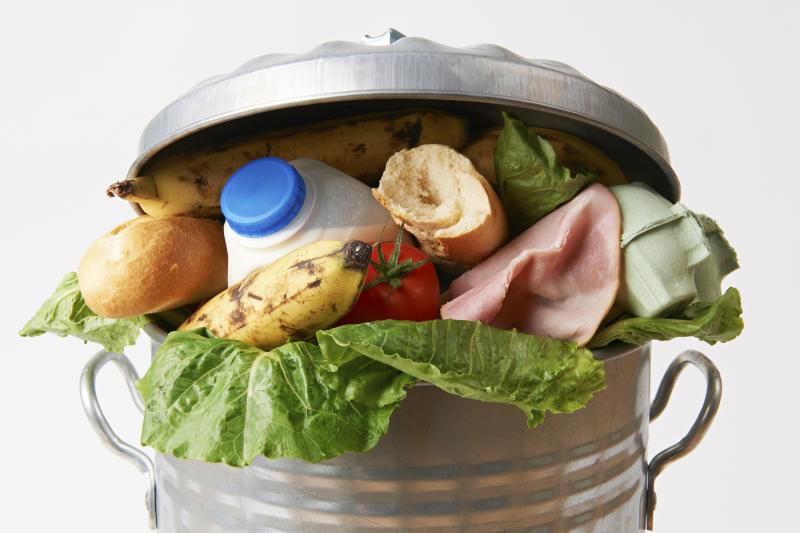
By some estimates, as many as 91 percent of consumers may misinterpret food date labels. It’s no surprise as there are dozens of different lables in use, but the misunderstanding and lack of meal planning are contributing to a larger problem. Between 30 and 40 percent of the U.S.’s food supply winds up in the trash or a compost container.
The benefits of reducing food waste are numerous. You’ll save money, which may be reason enough. You could also be lowering your carbon footprint by keeping spoiled food out of landfills and cutting down on the growing and transportation of food that doesn’t get eaten.
Cutting back on this waste could start with understanding what food labels actually mean.
Don’t misinterpret food dates as expiration dates. According to the United States Department of Agriculture (USDA), aside from on infant formula, food label dates aren't an indication of whether or not the food is safe to eat. For example, “best by” may mean the food will taste, look and feel its best if it ...



